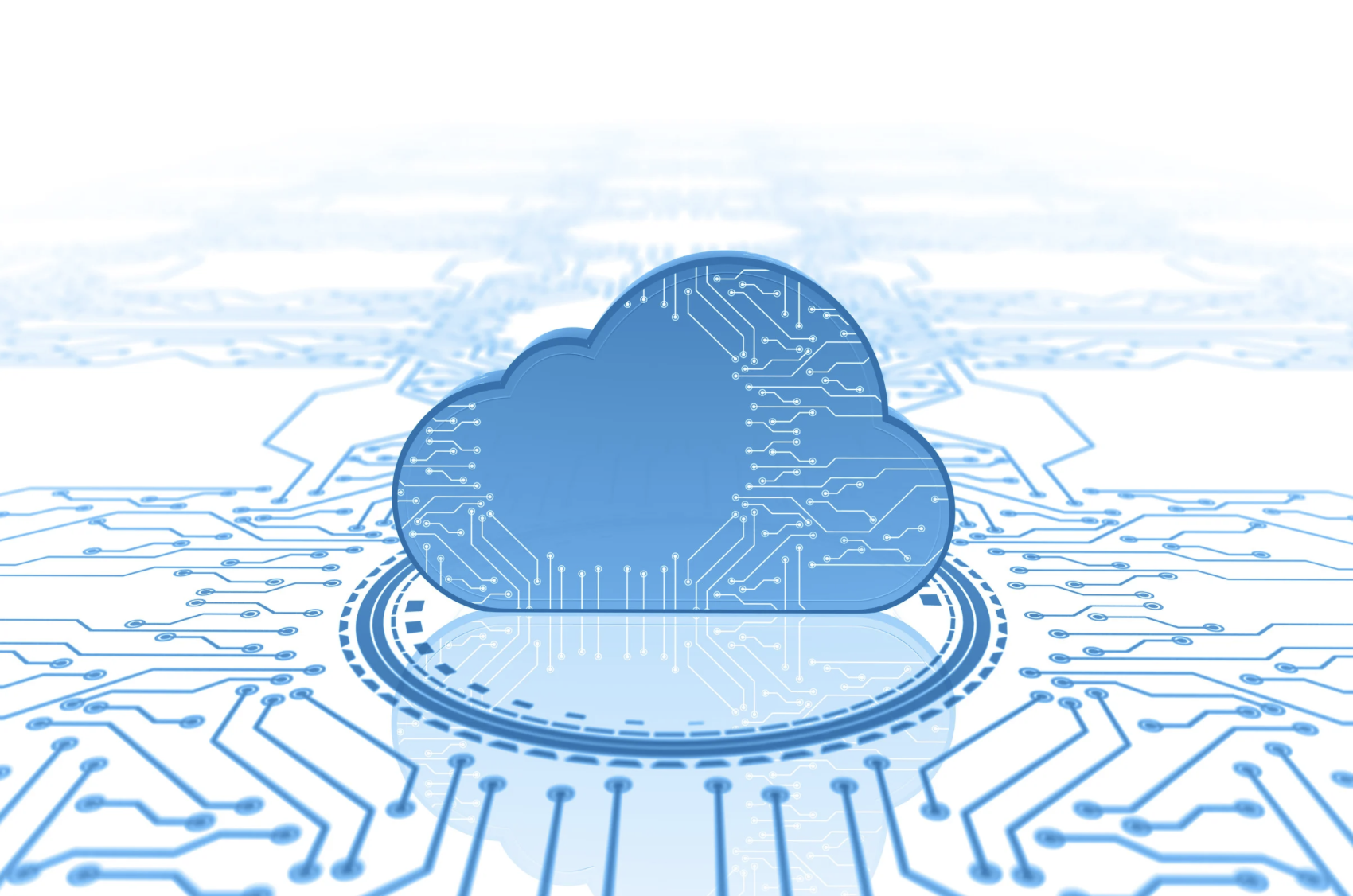Maximize DDoS Protection with AWS Shield: Your Ultimate Guide

AWS Shield is a managed Distributed Denial of Service (DDoS) protection service, that provides a necessary layer of security for applications running on Amazon Web Services (AWS). As businesses increasingly move their operations to the cloud, the importance of robust security measures cannot be overstated. AWS Shield plays a pivotal role in safeguarding applications against the most common and potentially devastating DDoS attacks.
Table of Contents
AWS Shield: Your First Line of Defense Against DDoS Attacks
Digital operations are central to business success, and the threat of Distributed Denial of Service (DDoS) attacks looms large. These attacks aim to disrupt the normal traffic of a targeted server, service, or network by overwhelming the target or its surrounding infrastructure with a flood of internet traffic. AWS Shield stands as a vigilant protector, offering robust defences against such disruptive forces.
AWS Shield Standard: Automatic Protection for All
AWS Shield Standard acts as a foundational shield, automatically safeguarding all AWS customers at no additional cost. This service is seamlessly integrated with AWS, providing immediate defence against the most common types of DDoS attacks. These attacks typically target network and transport layers, known as Layer 3 and Layer 4 attacks, respectively. By offering protection against protocols such as Syn/UDP Floods and Reflection attacks, AWS Shield Standard ensures that your applications remain resilient against disruptions, maintaining availability and performance without any additional charges.
AWS Shield Advanced: Enhanced Protection for Your Critical Applications
For organizations with heightened security needs or those managing high-profile and mission-critical applications, AWS Shield Advanced offers an elevated level of protection. This premium tier of service is designed to defend against more sophisticated and large-scale DDoS attacks, which can be more complex and harder to mitigate.
AWS Shield Advanced extends its protective capabilities beyond the standard tier by offering enhanced features such as:
Advanced DDoS Protection
AWS Shield Advanced employs more sophisticated detection and mitigation techniques to protect against large-scale and complex DDoS attacks. This includes protection against attacks that target the application layer (Layer 7), an area where standard DDoS mitigation strategies might not suffice.
Near Real-Time Visibility
Understanding the nature and scale of an attack as it happens is crucial. AWS Shield Advanced provides near real-time visibility into attacks, offering detailed insights and analytics. This enables businesses to understand and respond to threats more effectively.
Integration with AWS WAF
AWS Shield Advanced seamlessly integrates with AWS WAF (Web Application Firewall), providing an additional layer of protection. This integration allows for a more comprehensive defence strategy, protecting against more nuanced and sophisticated threats that target application vulnerabilities.
24/7 Access to the AWS DDoS Response Team (DRT)
In the heat of a critical incident, immediate expert support can make all the difference. Subscribers of AWS Shield Advanced have the added benefit of around-the-clock access to the AWS DDoS Response Team. This team of experts provides guidance and support, helping to manage and mitigate attacks as they occur.
Cost Protection
AWS Shield Advanced comes with financial safeguards, protecting users from scaling charges associated with DDoS response efforts. This feature ensures that businesses can defend themselves without worrying about unexpected costs due to increased usage during an attack.
By offering these advanced features, AWS Shield Advanced ensures that businesses can operate with confidence, knowing that their critical applications are protected against the evolving landscape of DDoS threats. Whether it’s immediate mitigation of attacks or expert guidance during high-risk incidents, AWS Shield Advanced stands ready to provide comprehensive protection and peace of mind.
Key Features and Benefits of AWS Shield
AWS Shield stands as a testament to AWS’s commitment to providing a secure and resilient cloud environment. It’s not merely a tool for risk mitigation; it’s a comprehensive solution designed to ensure uninterrupted business operations, maintain optimal performance, and uphold the trust of your customers. Below are the expanded key features and benefits that AWS Shield brings to the table:
Always-On Monitoring and Automatic Mitigations
In the dynamic landscape of cyber threats, vigilance is paramount. AWS Shield offers continuous monitoring, ensuring that your applications are under constant surveillance. This proactive approach allows for the immediate detection of unusual traffic patterns indicative of DDoS attacks. Coupled with automatic inline mitigations, AWS Shield acts swiftly, minimizing application downtime and latency. This means that potential disruptions are addressed before they can impact your business operations, ensuring that your services remain uninterrupted and performant.
Customizable Protection
Every business is unique, with its specific set of challenges and security requirements. AWS Shield Advanced acknowledges this by offering customizable protection. This feature empowers users to tailor their defence mechanisms according to their specific needs. Whether it’s selecting which AWS resources to shield or defining the level of protection required, AWS Shield Advanced provides the flexibility to create a personalized security posture. This bespoke approach ensures that your resources are not just protected but are shielded in a manner that aligns with your operational strategies and business objectives.
Cost Efficiency
Security should not be a luxury, and AWS Shield Standard embodies this principle. Available to all AWS customers at no additional charge, it provides fundamental protection against the most common DDoS attacks. This level of accessibility ensures that businesses of all sizes can benefit from a baseline level of security, safeguarding their operations without incurring additional costs. It’s a testament to AWS’s commitment to democratizing security, making it an integral, accessible feature of the cloud environment.
Global Threat Intelligence
In an interconnected world, threats know no boundaries. AWS Shield’s global threat intelligence is a critical feature, leveraging AWS’s extensive infrastructure to provide insights and protections that are informed by the latest global cybersecurity threats. This collective intelligence is derived from a diverse set of sources, ensuring that your defences are always informed by the most current data and trends. This global perspective allows AWS Shield to offer protections that are not just reactive but proactive, anticipating and neutralizing threats before they can manifest.
Integration with AWS Services
The true strength of a security solution lies in its ability to integrate seamlessly with the ecosystem it’s designed to protect. AWS Shield excels in this regard, offering smooth integration with a suite of AWS services like Amazon CloudFront and AWS Global Accelerator. This integration ensures that security measures complement your existing AWS infrastructure, enhancing protection without compromising on performance. It’s a harmonious blend of security and functionality, ensuring that your defences bolster your operations without becoming a bottleneck.
AWS Shield is more than just a shield; it’s a comprehensive security solution. It offers a blend of vigilance, customization, cost-efficiency, global intelligence, and seamless integration, all designed to fortify your cloud environment. With AWS Shield, you’re not just defending your operations; you’re ensuring that they thrive in a secure, resilient, and high-performing cloud ecosystem.
Implementing AWS Shield: Best Practices
Deploying AWS Shield is a strategic move towards fortifying your cloud infrastructure against DDoS attacks. However, the effectiveness of this shield is significantly enhanced when coupled with a set of best practices. These practices are not just about deploying a solution; they are about creating a resilient ecosystem that can withstand, adapt, and respond to potential threats. Here’s how you can maximize the effectiveness of AWS Shield through these best practices:
Reducing the Attack Surface Area
The first step in fortifying your defences is minimizing the potential entry points for attackers. This involves a thorough analysis and restructuring, where necessary, of your cloud architecture to ensure that only the essential components are exposed to the public internet. Employing strategies such as segmenting your network, using private subnets for backend systems, and ensuring that security groups and network access control lists (NACLs) are configured to allow only necessary traffic, can significantly reduce your vulnerability to attacks.
Being Prepared to Scale in Response to Attacks
DDoS attacks often aim to overwhelm your resources by flooding them with traffic. An effective countermeasure is to design your system’s architecture for scalability. Leveraging AWS’s auto-scaling capabilities ensures that your infrastructure can handle sudden spikes in traffic without compromising performance or availability. This not only helps in absorbing the impact of the attack but also ensures that legitimate traffic is not adversely affected.
Safeguarding Exposed Resources
While reducing the attack surface area is crucial, certain resources will inevitably remain exposed to the internet. It’s essential to fortify these exposed elements against potential attacks. This can involve deploying AWS WAF in conjunction with AWS Shield to provide an additional layer of security, especially at the application layer. Regularly updating and patching your systems, encrypting data in transit and at rest, and employing robust authentication and authorization mechanisms are also critical in safeguarding your exposed resources.
Continuously Monitoring Application Behavior
Vigilance is key in the realm of cybersecurity. Continuous monitoring of your application’s behaviour can provide early warning signs of a potential attack. Utilizing tools like Amazon CloudWatch for real-time monitoring and logging, setting up alarms for unusual activity, and employing AWS CloudTrail for continuous logging, monitoring, and retention of account activity related to actions across your AWS infrastructure, can provide deep insights into your system’s operations and potential security threats.
Developing a Comprehensive Incident Response Plan
Despite the best preventive measures, the possibility of an attack cannot be entirely ruled out. A well-structured incident response plan is your playbook during such critical times. This plan should outline the steps to be taken in the event of an attack, roles and responsibilities of team members, communication protocols, and procedures for restoring operations. Regular drills and simulations of potential attack scenarios are also crucial in ensuring that your team is well-prepared to respond effectively and efficiently in a real-world situation.
Incorporating these best practices into your AWS Shield implementation strategy can significantly enhance your defense mechanisms. It’s about creating a dynamic, responsive, and resilient infrastructure that not only defends against threats but also adapts and evolves in the face of potential attacks. With AWS Shield as your foundation and these best practices as your building blocks, you can ensure that your cloud environment is not just protected but is also robust, scalable, and resilient.
The Role of AWS WAF in Enhancing Security
While AWS Shield provides the necessary defence against DDoS attacks, AWS WAF (Web Application Firewall) offers another layer of protection, particularly at the application layer. AWS WAF helps protect web applications from common web exploits that could compromise security, affect application availability, or consume excessive resources. For a detailed understanding of AWS WAF and its integration with AWS Shield, consider exploring Cloudvisor’s comprehensive guide on AWS WAF security services.
Conclusion
The security of cloud-based applications is paramount to any business. AWS Shield provides a robust, scalable solution to protect against DDoS attacks, ensuring that your applications remain secure and available. By leveraging AWS Shield in conjunction with AWS WAF and adhering to best practices, businesses can fortify their defenses and maintain the trust of their customers. For those looking to deepen their understanding of AWS security services, Cloudvisor offers a range of resources and expert guidance to navigate the complexities of cloud security.
Additional Resources
To further enhance your understanding of AWS security services and tools, consider exploring the following resources:
- An Overview of AWS WAF Security Services (Provides a detailed guide on AWS WAF, explaining how it helps protect your web applications from common web exploits.)
- Amazon Macie Guide (Offers insights into Amazon Macie, a service that uses machine learning to automatically discover, classify, and protect sensitive data in AWS.)
- AWS Security Hub Guide (A comprehensive guide on AWS Security Hub, a service that provides a comprehensive view of your security state within AWS.)
- AWS Key Management Service (KMS) Guide (Explains the benefits and use cases of AWS KMS, a managed service that makes it easy for you to create and control the encryption keys used to encrypt your data.)
- AWS GuardDuty Guide (Provides an in-depth look at AWS GuardDuty, a threat detection service that continuously monitors for malicious activity and unauthorized behaviour.)
- Amazon CloudWatch Guide (Details how Amazon CloudWatch provides data and actionable insights to monitor your applications, understand and respond to system-wide performance changes, and optimize resource utilization.)
- AWS Shield Product Page (The official AWS Shield product page, offering the latest information, features, and pricing details directly from AWS.)
These resources offer valuable information and best practices to help you secure your AWS environment effectively.



